Doing it the old fashioned way
jamkh
17 years ago
Related Stories

FURNITUREColor Glams Up the Old-Fashioned Secretary
Before you write off a vintage secretary desk as ho-hum, give it a colorful new note
Full Story
DECORATING PROJECTSWhat to Do With Old Family Photos
Find out how to research, share and preserve images that offer a connection to the past
Full Story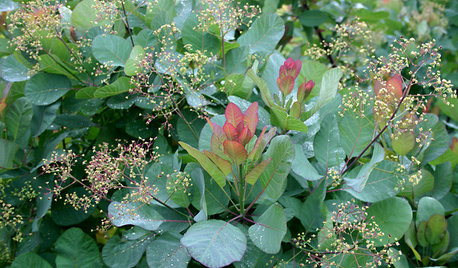
LANDSCAPE DESIGNGreat Design Plant: Old Fashioned Smoke Bush
Balance garden color with this shrub's cool blue-green foliage, luminous when backlit and sporting yellow-green flowers in spring
Full Story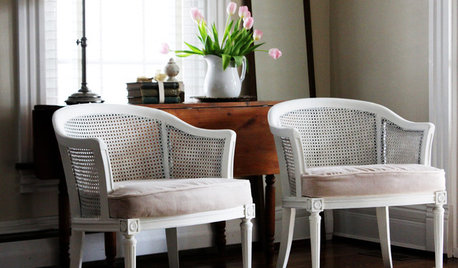
BUDGET DECORATINGBudget Decorator: 8 Ways to Make Old Furniture Look Brand New
Learn stripping, staining, painting and reupholstering basics to make bargain-basement furniture worthy of center stage at home
Full Story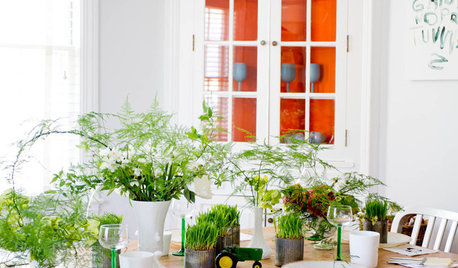
DECORATING PROJECTSFashion a Greens-Laden Tablescape for Spring
Pair lush greenery and flowers with milk glass for an arrangement that will make any meal memorable
Full Story
DECORATING GUIDESDo Carry On: 4 Actually New Ways With Vintage Suitcases
Don't give old-time luggage the heave-ho just yet; these ideas for upcycling give the trend a second wind
Full Story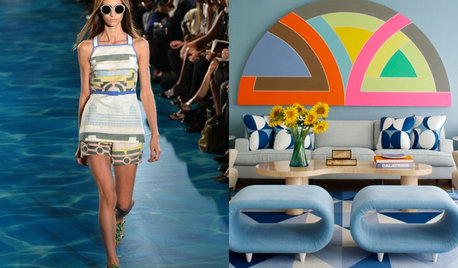
DECORATING GUIDESFashion Week Trends Your Home Will Wear Well
Spring 2014's ready-to-wear clothing collections aren't just for wardrobes
Full Story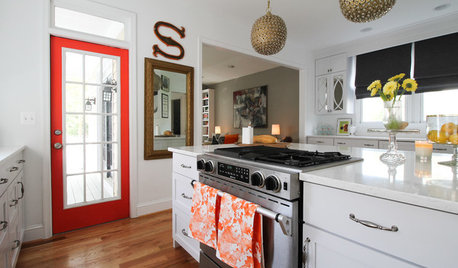
HOUZZ TOURSMy Houzz: Art and Fashion Inspire in a Maryland Family Home
White walls provide a clean backdrop for a downtown home infused with art, pattern and fashion
Full Story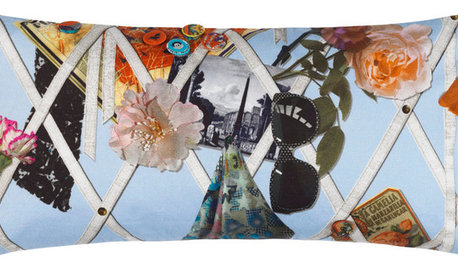
PRODUCT PICKSGuest Picks: Outfit Your Home in Fab Fashion Designer Accents
You don their clothes to look chic. Now your home can have its turn, with decor from some of the world's greatest fashion houses
Full Story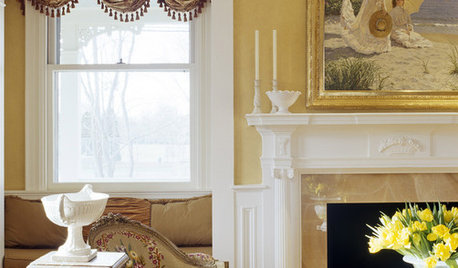
WINDOW TREATMENTSBalloon Shades Float Into Fashion
Use these formal window treatments to add texture and luxury to traditional rooms
Full StorySponsored
Columbus Design-Build, Kitchen & Bath Remodeling, Historic Renovations
More Discussions





lucy
jamkhOriginal Author
Related Discussions
Moving mulch - Anyone have a Johnny Bucket JR
Q
photos of your home in an album and on computer
Q
Crown molding instead of shutters
Q
crown molding instead of shutters outdoors
Q
vancewood
jamkhOriginal Author
vancewood
bonsaikc
bonsaikc